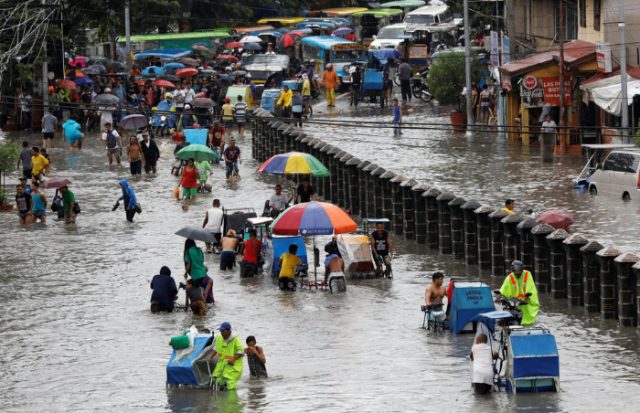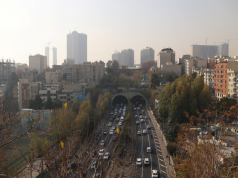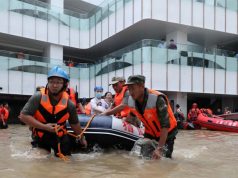
Homes of millions of Filipinos living in coastal and low-lying areas are at risk of being submerged due to rising ocean and sea levels as an effect of global climate change.
The impact on the City of Manila and Batasan Island in Bohol, home to more than 14 million Filipinos combined, and how the residents adapt to their situations were covered by the New York Times this February.
The sprawling metropolis is also one of the areas in the Philippines projected to be consumed by waters in the next three decades, according to a study by Climate Central.
How Batasan Island adapts
An article from The New York Times recounts how the residents of Batasan Island, a small community in Bohol of around 1,400 people, are coping amid rising sea levels.
The island, part of the Tubigon island chain, becomes waterlogged for at least one-third of each year. On every new and full moon, sea waters rush into people’s homes with the worst floods reaching the school and the basketball court.
The highest point on the Tubigon islands is only 6.5 feet above sea level.
The Times report recalls that after a 7.2-magnitude earthquake changed the island’s topography in 2013, the local government proposed to move the residents to safer homes, however, many of them refused the offer.
Laurice Jamero, a researcher interviewed in the story, shars that the people of Batasan chose the more effective solution of adapting to the changes of their environment.
“The climate refugee message is more sensational but the more realistic narrative from the islanders themselves is adaptation rather than mass migration,” Jamero says in the report.
The houses were placed on blocks of coral stone. They also put sheds on stilts and moved their plants from flood-prone patches of land into portable pots. Even their Roman Catholic priests allowed parishioners not to kneel in prayer should tides become too high.
Being surrounded by water, the Times’ Southeast Asia bureau chief Hannah Beech writes that no proper farming is practiced in the areas.
“People can grow a few herbs and vegetables, but there’s no proper farming. Protein comes from the sea — sleek anchovies, juicy mussels, fat shrimp — and cheap cans of fatty corned beef,” she says.
They also needed to adjust to the lack of fresh water.
“Children on Batasan who are lucky enough to own bikes have one option — up and down the main road, the only road,” she says.
The fate of the City of Manila
Another article from the New York Times documents how the San Francisco Bay and the City of Manila are currently facing the crisis brought by rising levels of the Pacific Ocean.
This was based on the scientific projections of the Intergovernmental Panel on Climate Change, wherein oceans will continue to rise to 4 feet by the end of the century. These meant “more ferocious storms and higher tides that could upend the lives of entire communities.”
Renato Redentor Constantino, executive director of the Manila-based Institute for Climate and Sustainable Cities, attributed Manila’s situation to poor land use planning and policies over the years.
“Climate change doesn’t create its own impacts. It magnifies wrong policies. This is the case with sea-level rise. A large part of Metropolitan Manila is facing more water-related impacts because of decades of myopic, cross-eyed land use planning,” Constantino tells the Times.
Among the misguided policies have been the “proliferation of fish ponds and the rapid extraction of groundwater” since the early 1990s.
The circumstances are different on the other side of the world because San Francisco Bay Area residents are mostly wealthy.
Fortified sea walls and tall embankments or levees were built to protect residents and their expensive properties from storm surges and ocean waves.
However, such infrastructures, which residents paid millions of dollars to build, are still not enough protection against continuous sea-level rise.









